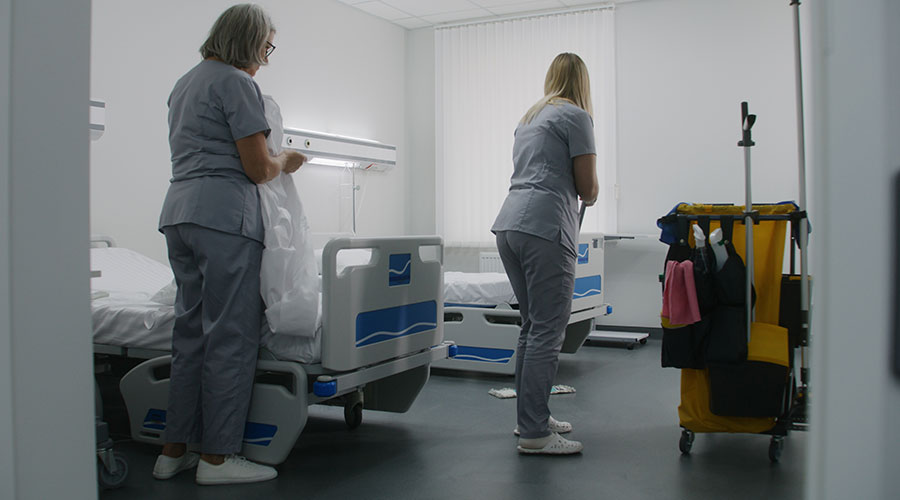Schaumburg, Ill. - Karma Sawyer, technology manager and physical scientist in the Department of Energy’s Building Technologies Office’s (BTO) Emerging Technologies Program, delivered a keynote presentation on BTO’s integrated approach to the development and deployment of energy-efficient technologies that span the technology lifecycle, during the recent American Architectural Manufacturers Association (AAMA) Fall Conference in Baltimore.
Sawyer noted that BTO’s goal is to reduce building energy use by 50 percent in 2030, compared to the “business-as-usual” energy consumption projected by the 2010 Annual Energy Outlook (PDF). If this goal is met, buildings will consume 18 percent less energy from HVAC and refrigeration due to highly insulating fenestration technologies. In the United States, the buildings sector accounted for about 41 percent of primary energy consumption in 2010, 44 percent more than the transportation sector and 36 percent more than the industrial sector.
Sawyer says that reducing energy consumption is a two-pronged approach: make more efficient machines and be smarter about energy use. However, BTO’s highest priority is highly insulating fenestration technologies, with dynamic window and visible light redirection technologies as a secondary focus. Sawyer noted that next generation window technologies must be developed with a specific emphasis achieving a market-acceptable installed cost to facilitate mass-market technology adoption. Additionally, “simulation tools are a critical strategy to enable manufacturing of next-generation technologies,” Sawyer says.
More information about AAMA and its activities can be found via the AAMA Media Relations page or on the AAMA website.

 Disinfectant Dispensers in Healthcare Facilities Often Fail to Deliver Safe Concentrations: Study
Disinfectant Dispensers in Healthcare Facilities Often Fail to Deliver Safe Concentrations: Study Duke University Health System Receives $50 Million for Proton Beam Therapy Center
Duke University Health System Receives $50 Million for Proton Beam Therapy Center UT Southwestern Experiences Data Breach Through Calendar Tool
UT Southwestern Experiences Data Breach Through Calendar Tool Protecting Patient Data: Strategies and Tactics
Protecting Patient Data: Strategies and Tactics Duke Health to Acquire Lake Norman Regional Medical Center
Duke Health to Acquire Lake Norman Regional Medical Center